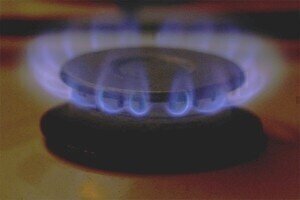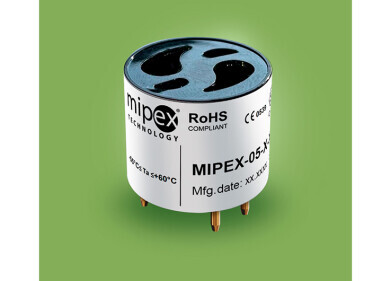Gas Detection
New intelligent thermal conductivity hydrogen sensor provides cost-effective and precise solutions
May 08 2024
Using sophisticated MEMS (Micro Electronic Mechanical Systems) technology, NET has harnessed the power of thermal conductivity gas sensors to cater to the widest array of hydrogen detection applications. Thanks to high-volume CMOS (Complementary metal-oxide-semiconductor) MEMS technology, NET is helping customers to lower production costs as well as the high power consumption associated with thermal conductivity sensor technology.
NET’s MAK sensors detect concentrations of hydrogen in air by measuring the change in thermal conductivity of the gas mixture. Thermal conductivity sensors offer a great solution for detecting gases with low molecular weights, which therefore correspond to higher levels of thermal conductivity. Hydrogen has the highest thermal conductivity of all known gases.
Unlike catalytic sensors, NET MAK sensors cover the broadest range of detection, providing excellent results from ppm level, up to % volume; they can also operate fully in oxygen=free environments. MAK Sensors also offer far better long-term stability than sensors that are activated by chemical reactions that eventually lead to sensor degradation. Thermal conductivity gas sensors do not undergo any physical or chemical changes and have a far higher resistance to poisoning resulting in significantly longer operational lifespans than conventional sensors.
MAK Sensors also have an exceptionally fast response time - the time required for changes in the measurement resistor is the only action that slows the process in any way.
Thermal conductivity gas sensors have two dies: the ‘active die is exposed to the target gas while the reference die is sealed in a chamber containing air. The two dies are heated by the constant current and operated in a typical Wheatstone bridge circuit. The sensors calculate the active die’s heat loss in the presence of the target gas. When the active die is exposed to a gas with different thermal conductivity to that of air, the heat loss rate from the die will alter, as will its resistance; this change is then compared with the resistance of the reference die to obtain a precise result.
Digital Edition
AET 28.2 April/May 2024
May 2024
Business News - Teledyne Marine expands with the acquisition of Valeport - Signal partners with gas analysis experts in Korea Air Monitoring - Continuous Fine Particulate Emission Monitor...
View all digital editions
Events
Jul 30 2024 Jakarta, Indonesia
China Energy Summit & Exhibition
Jul 31 2024 Beijing, China
2024 Beijing International Coal & Mining Exhibition
Aug 07 2024 Beijing, China
IWA World Water Congress & Exhibition
Aug 11 2024 Toronto, Canada
Aug 25 2024 Stockholm, Sweden and online









.jpg)








